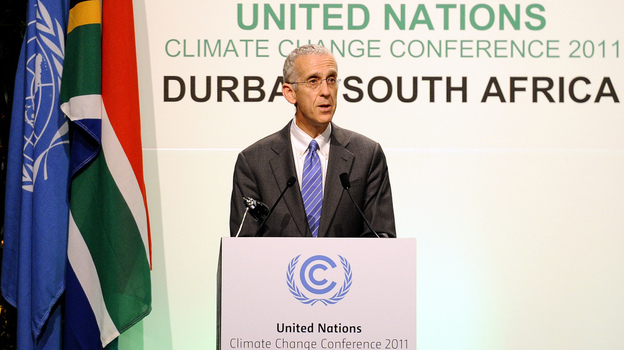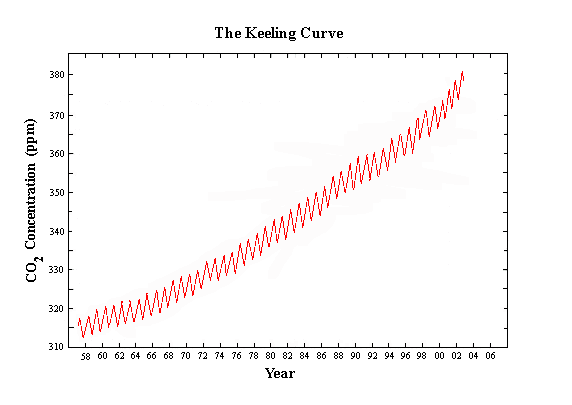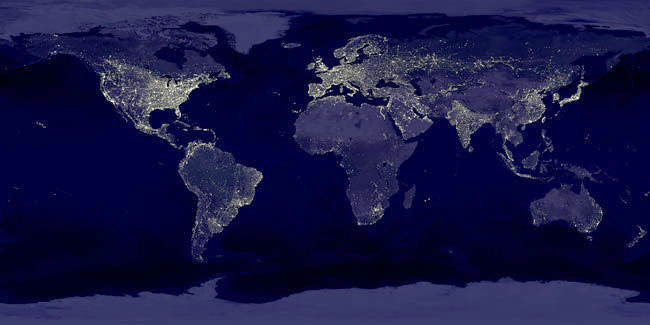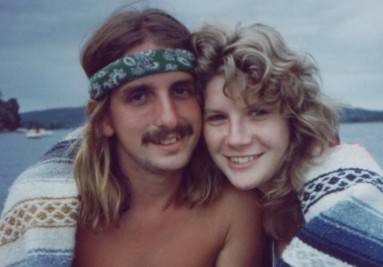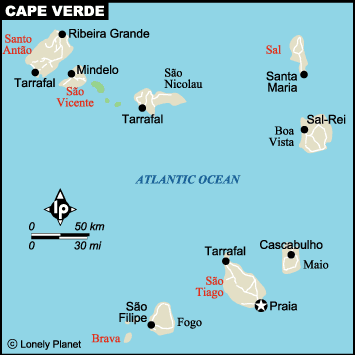Members of the EarthView team met recently with other BSU staff to test placing EarthView in a new location: the Atrium of the John Joseph Moakley Center on the BSU campus. Built in 1995, honors the life of service of Rep. Moakley and is a teaching space that helped to establish BSU as a regional leader in teaching with technology.
It is also one of BSU's most popular meeting spaces for special guest speakers, campus-wide meetings, and regional conferences of all kinds. For that reason, although it is a bit of a tight fit, it is good to know that EarthView fits in the atrium of this vibrant building.
In May 2012, the Moakley Center and all adjacent buildings will be used to host several hundred middle-school students for a full day of special programs to promote STEM education -- that is, education in the very important fields of Science, Technology, Engineering, and Mathematics. Because of the importance of geography as both a social and a natural science, EarthView -- either in this location or elsewhere on campus -- will be a vital part of the program.
Phil, one of the Geography Department's newest majors and a double major in elementary education, helped set up and take down EarthView for this very brief appearance. We expect to see Phil at future EarthView events!
EarthView coordinators Dr. Domingo and Dr. Hayes-Bohanan had the privilege of posing in front of Africa with a citizen of the planet's newest country. Micheal is from New York City but is also a citizen of South Sudan, which was formed in July 2011. He was very proud to have participated not only in the referendum that formed the country, but in the inaugural ceremonies that took place at Boston City Hall.
See more photos of the fitting day on Flickr.





